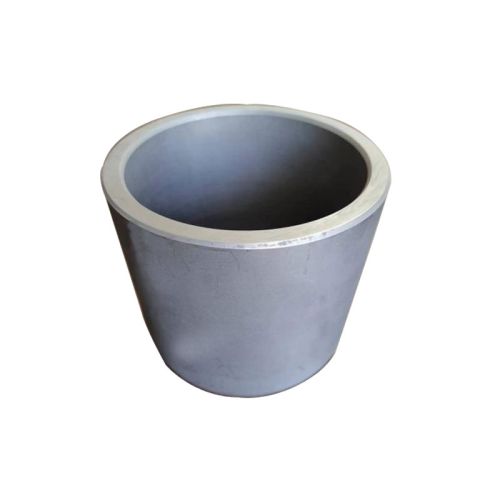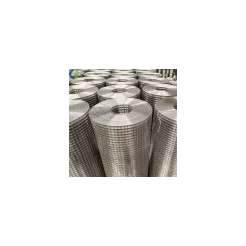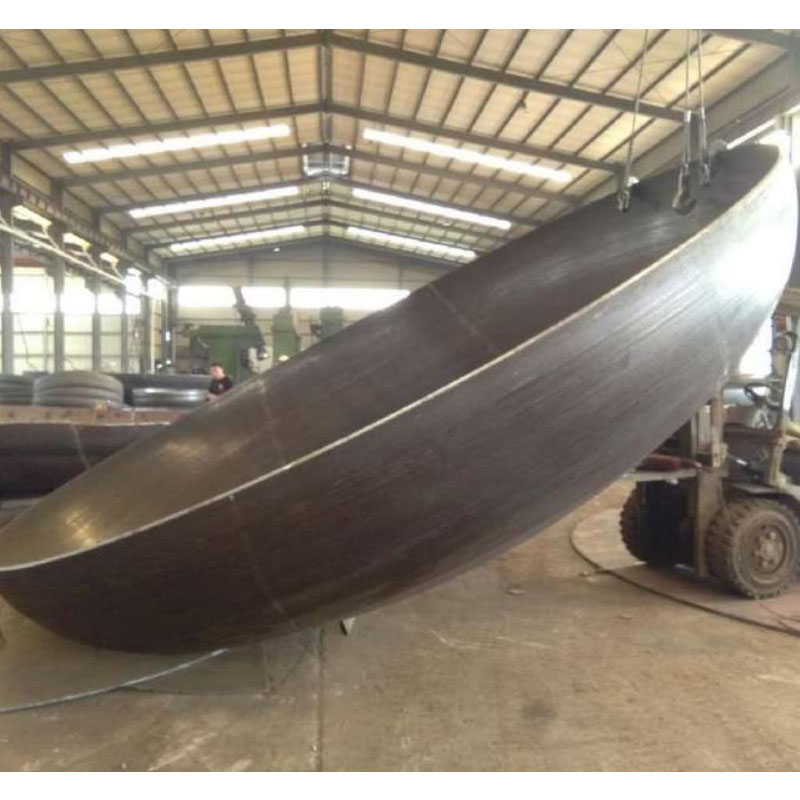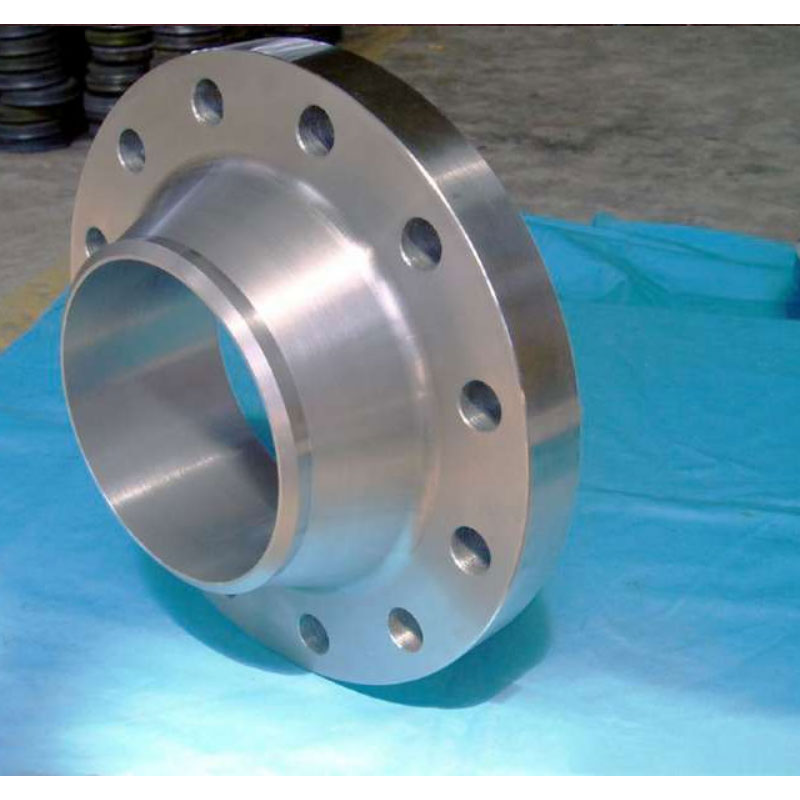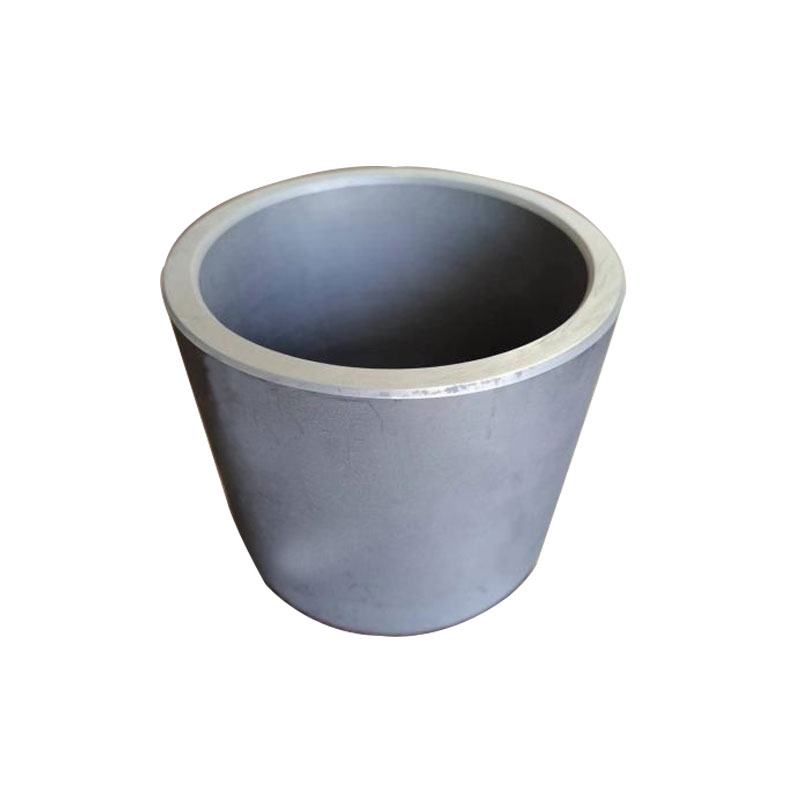Graphite Crucible
Graphite Crucible
Product Description
Graphite crucibles play a vital role in various industries, including metallurgy, foundries, jewelry manufacturing, and more. These crucibles are essential for melting, casting, and refining metals at high temperatures.
Classification of Graphite Crucibles: Crucibles can be categorized into three groups: graphite crucibles, clay crucibles, and metal crucibles. YIDA as a lesding Leading Supplier in China, specializes in manufacturing two types of graphite crucibles: machined graphite crucibles and graphite clay crucibles.
Due to variations in performance, applications, and environmental conditions, the raw materials, production methods, technologies, and product specifications also differ. Natural crystalline graphite serves as the primary raw material for graphite crucibles, allowing them to retain the physical and chemical properties of natural graphite. These crucibles exhibit excellent thermal conductivity and high-temperature resistance. They have a low coefficient of thermal expansion during high-temperature applications and possess anti-strain properties in sudden cold and hot environments. Moreover, graphite crucibles demonstrate remarkable chemical stability in acidic and alkaline environments, showcasing strong corrosion resistance. With a wide range of sizes available, graphite crucibles are not limited by production scale, quantity, or smelting materials. They can be manufactured in any size and quantity while ensuring the purity of the smelting materials. As a result of their superior properties, graphite crucibles find extensive use in metallurgy, foundry, machinery, chemical, and other industrial sectors for smelting alloy tool steels, non-ferrous metals, and their alloys. They offer significant technical and economic benefits.
Machined graphite crucibles, also known as high-purity graphite crucibles, are primarily machined using high-purity and high-density graphite materials, such as molded graphite material and isostatic graphite material. These crucibles are tailored to customers' specifications. Depending on the materials being melted, machined graphite crucibles can be further classified into steel melting crucibles, copper melting crucibles, gold melting crucibles, and analysis crucibles. Additionally, we can produce graphite arcs for various applications.
Gold Refining Crucibles: Crucibles used for melting gold require raw materials with high purity and density. They should have a bulk density higher than 1.85g/cm3 and a total ash content of less than 50ppm. Gold melting crucibles are typically machined from high-purity, high-density, fine-grained graphite. The raw materials for these crucibles include molded graphite and isostatic graphite.
Uranium Salt Refining Graphite Crucibles: These crucibles are large-sized graphite crucibles, commonly available in sizes such as Ф400mm × 700mm and Ф500mm × 800mm. The manufacturing process involves selecting high-quality, low-ash petroleum coke and then crushing, milling, blending, kneading, extrusion molding (or shaping), roasting, multiple impregnation, and graphitization purification. The primary raw material for these crucibles is isostatic graphite material.
Graphite clay crucibles
Graphite clay crucibles, also known as SiC graphite crucibles, consist mainly of silicon carbide (SiC) and graphite. They are primarily used for melting copper, aluminum, and other common metals. These crucibles have a relatively low cost and offer a large molten metal capacity. The main molding method for these crucibles is pressure forming.
Important guidelines for crucible usage:
Store the crucibles in a dry place to prevent exposure to rain. Before use, slowly bake them up to 500 degrees Celsius.
The crucible should be filled based on its capacity, avoiding excessive pressure that could lead to metal cracking due to thermal expansion.
When removing the molten metal, it is best to use a spoon and minimize the use of calipers or other tools. If tools are necessary, they should match the shape of the crucible to avoid generating excessive localized stress that could shorten the crucible's lifespan.
